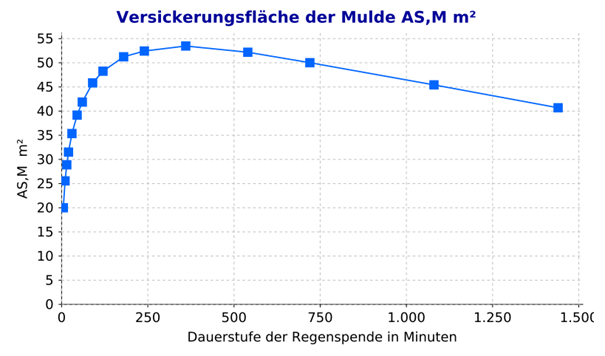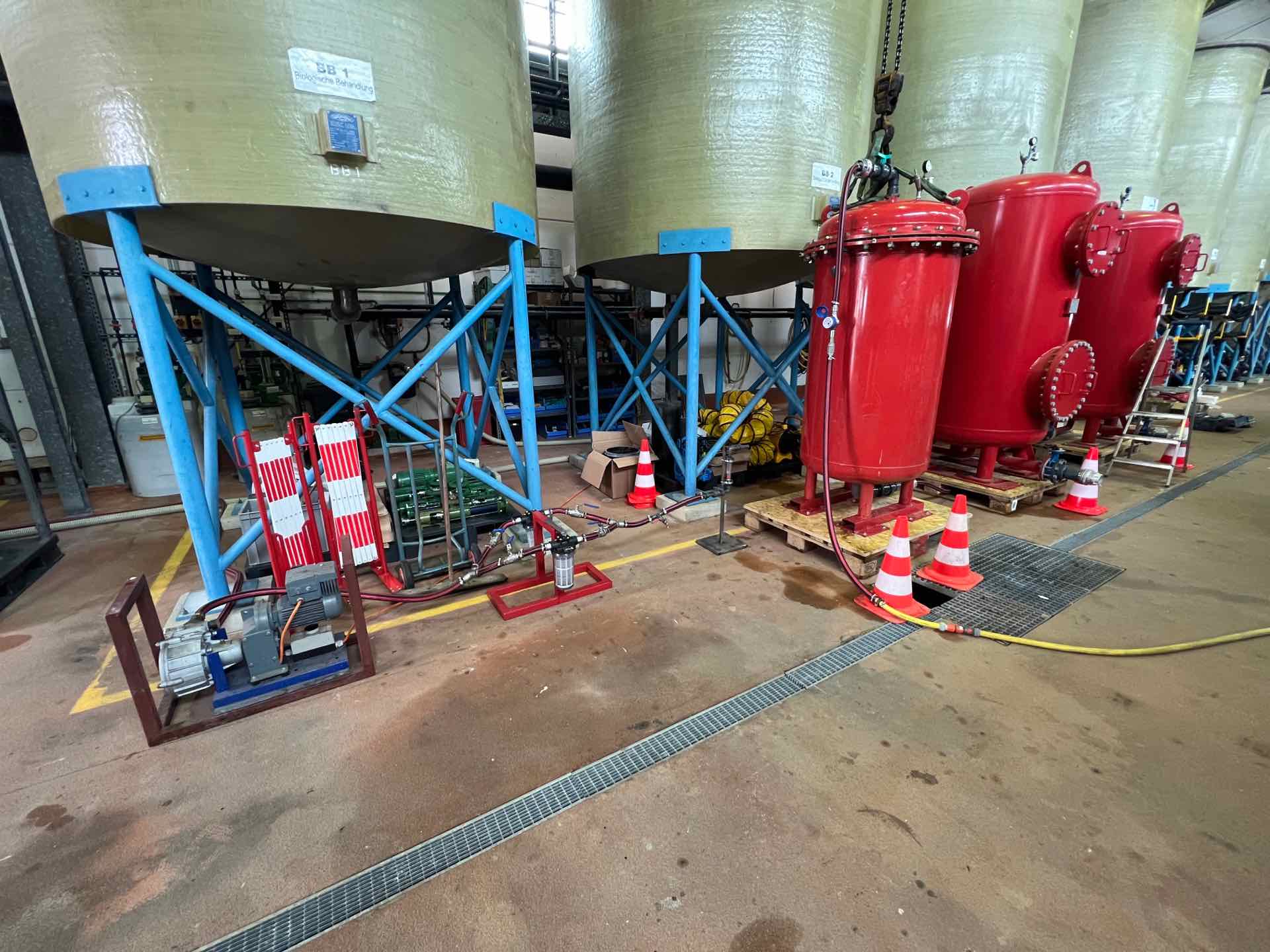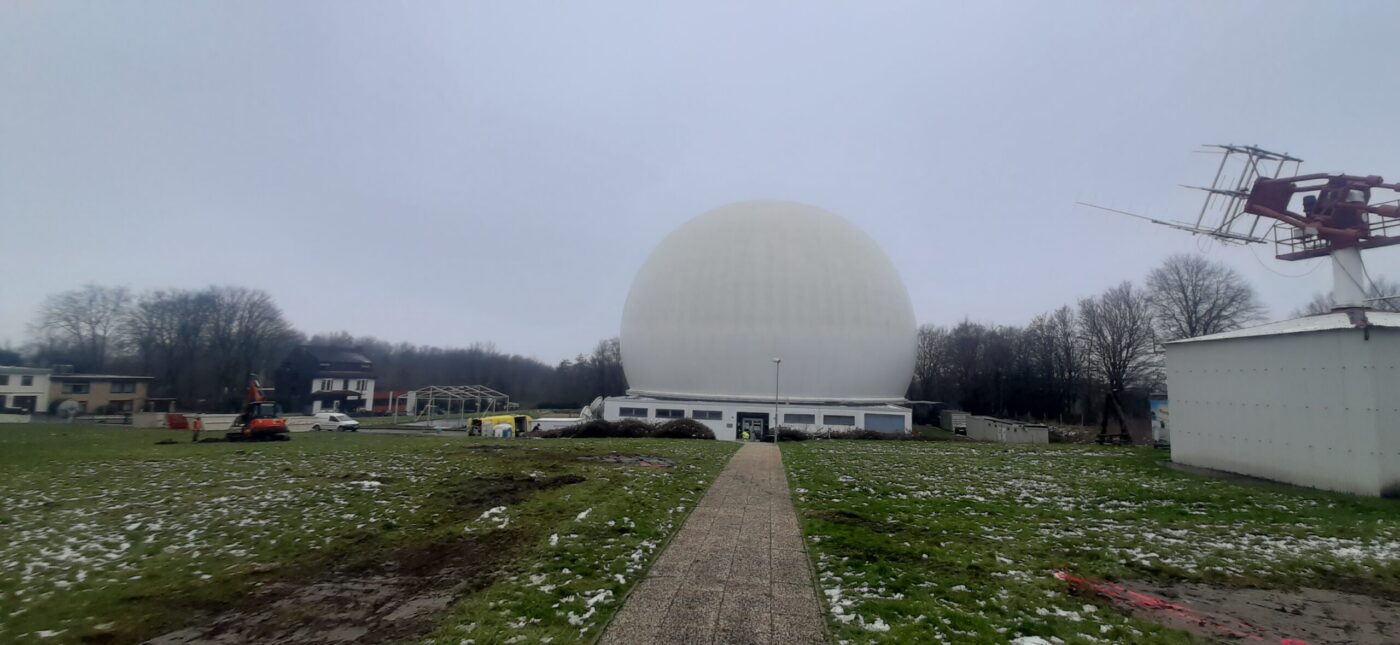Rainwater retention basins (RRB) are artificial bodies of water that temporarily store large quantities of rainwater. Many foreign particles such as sand, road debris and leaves enter the basin with the discharged water or from the surrounding vegetation, which then settle to the bottom as sediment. Over the years, the sediment becomes continuously thicker. Regular desilting is necessary to restore the original retention volume of the basins. M&P is currently supporting three desilting measures in the city of Hanover. The sediment is transported by floating suction dredgers, then dewatered and disposed of depending on the level of pollution.
For the planning of the measures, all three basins were examined in spring 2022 and assessed from an ecological perspective. As there are no suitable areas available in the area of the RRB for provision and declaration, the sediments of the RRB were sampled in situ in consultation with the lower waste authority. In addition to the aim of the waste declaration, the focus here was on determining the sediment cubature to be extracted. To this end, the sediment from the three RRBs was measured from the boat, sampled using a sludge sampler, analysed and classified in accordance with waste legislation on the basis of the laboratory results. The typical pollutants that occur in the sediment of RRBs are heavy metals, PAHs and MKW, which are mainly introduced via road drainage.
Ecological research, consultations with the lower nature conservation authority and site inspections were carried out to assess the species conservation potential and to help decide on the implementation of the measures. As a result, the desilting measures will take place in the winter months, as this will avoid the migration periods of amphibians and the breeding and setting periods of birds. In order not to disturb the fish in their winter torpor, they were moved to other bodies of water before the measures began.
M&P is currently providing expert support for the desilting work, whereby we continuously monitor the desilting target, the quality of the dewatered material and the sediment disposal. In addition, we constantly monitor the water quality and take into account the RRB as a habitat.







